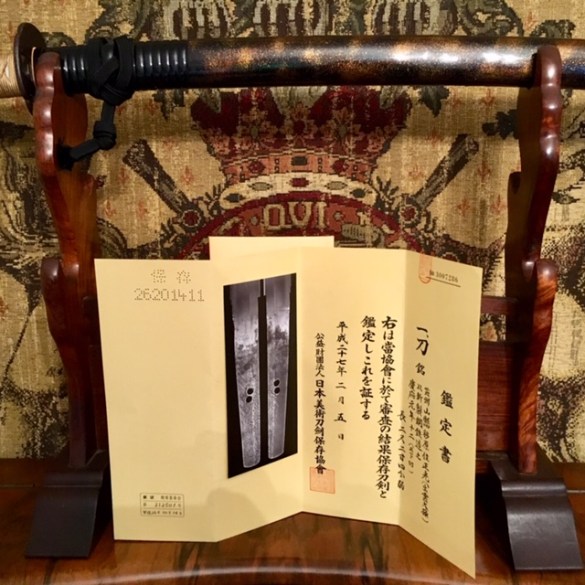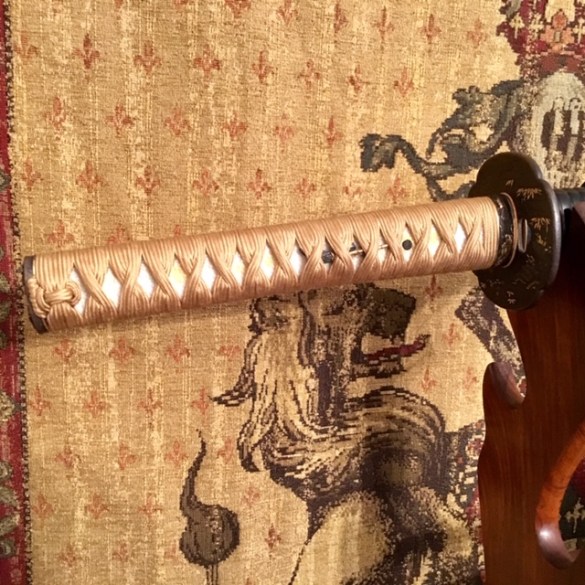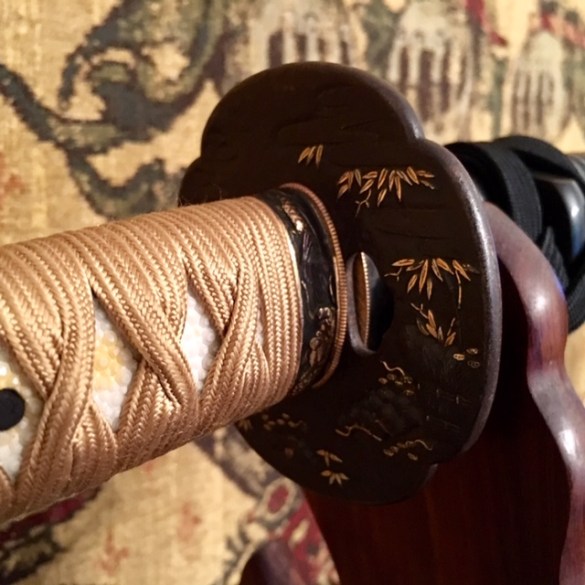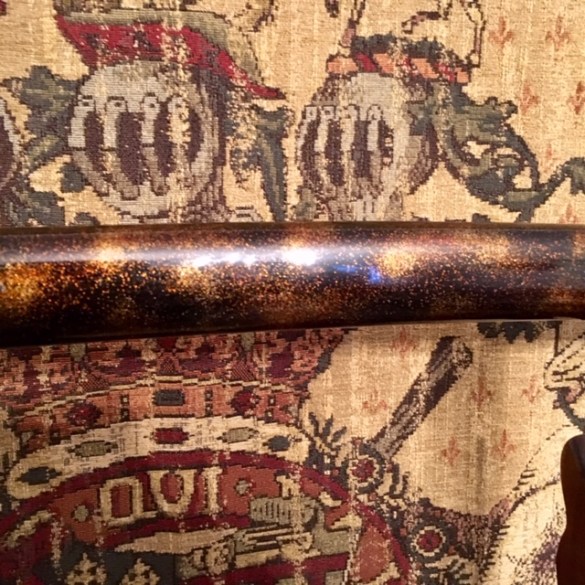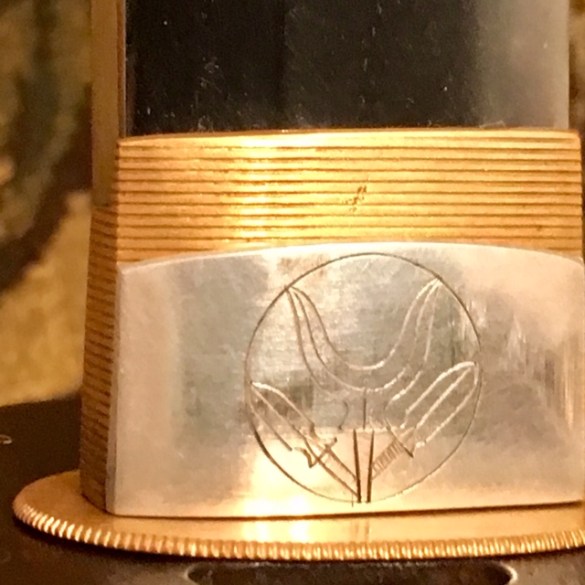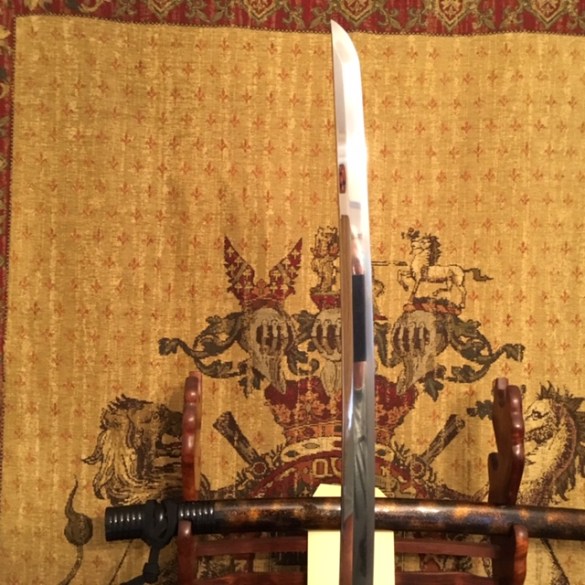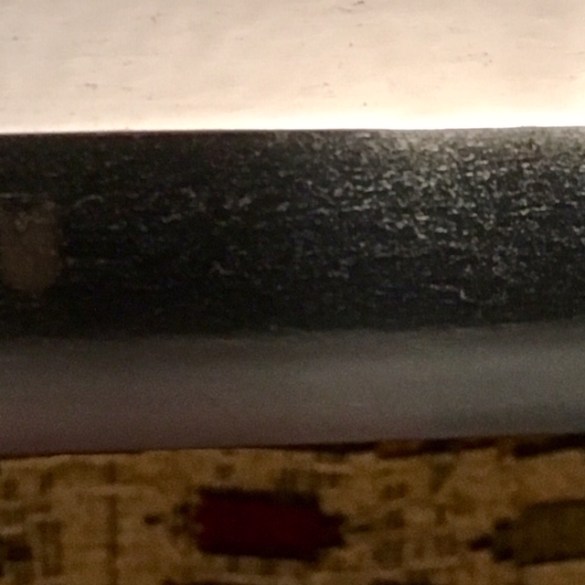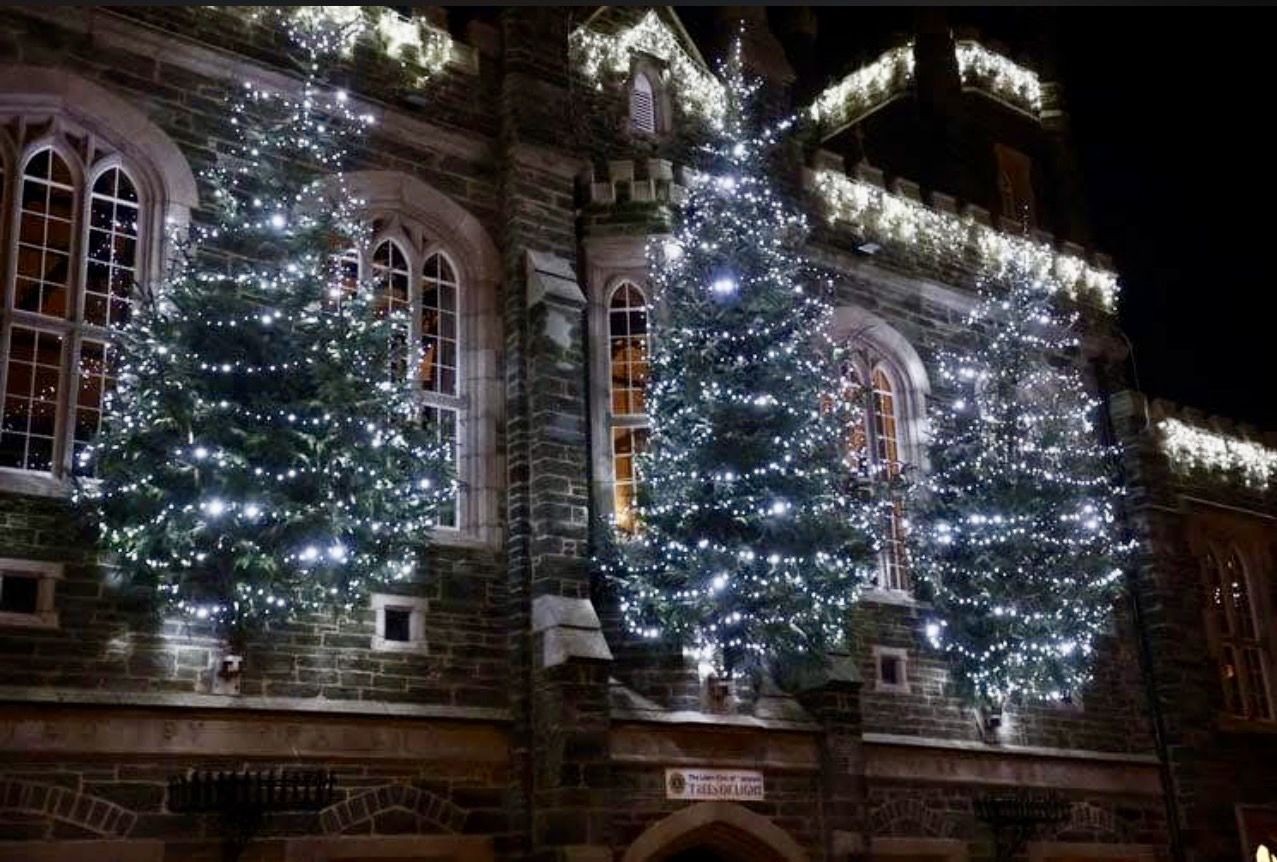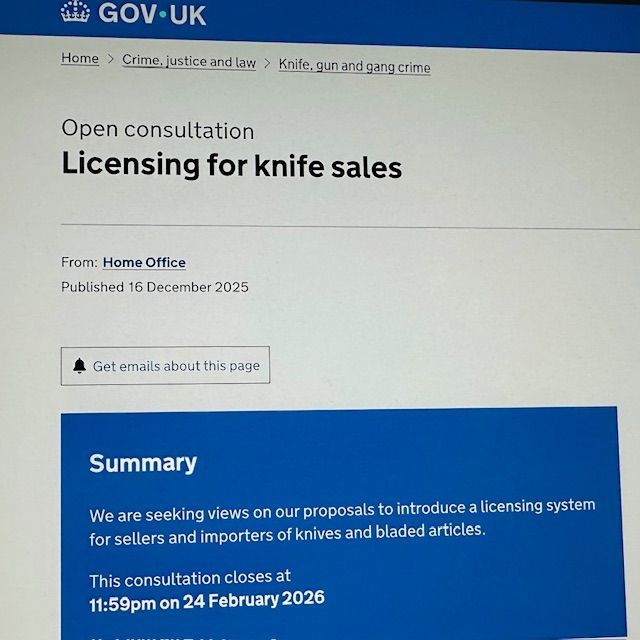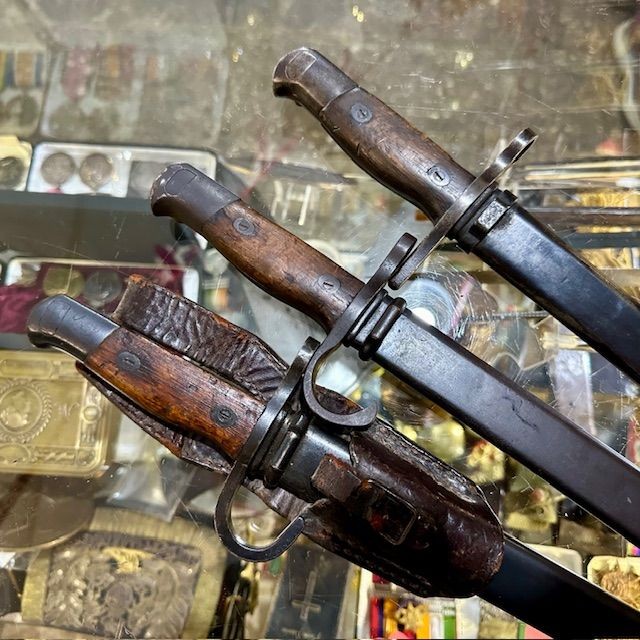Katana by 'Geishu Yamagata Ihara Masamitsu and Shinsei Kotetsu Omote Kore Tsukuru' .
芸州山形井原正光小鉄 新生
Superb Shinshinto fully mounted Katana in mint polish and with stunning mounts!
With NBTHK Hozon To-Ken Papers dated 5th February 2015
Signed: 'Geishu Yamagata Ihara Masamitsu and Shinsei Kotetsu Omote Kore Tsukuru' .
Dated: December 1865
Length: 2 Shaku 2 Sun 4 Bun
UK Sword Reg No: 96
Type: Shinshinto katana
Nagasa: 67.8 cm Moto-haba: 2.9 cm Saki-haba: 2.3 cm
Sugata: Shinogi-zukuri with extended chu-kissaki, iori-mune and a shallow tori-zori.
Ji-hada: A reasonably tight ko-itame-mokume-hada with some ji-nie.
Hamon: Slightly undulating suguha in ko-nie deki with wide nioi-guchi, suguha boshi with ko-maru and a short kaeri.
Nakago: Suriage and possibly machi-okuri, 2 mekugi-ana, kesho yasurime, signed on the omote:
This sword is signed with the name of provincial swordsmith called Masamitsu and it is dated the first year of the Keio period (1855) in the 12th month (it is unusual to see the 12th month included in a date). Masamitsu was from Geishu or Aki province, which is in the present day district around Hiroshima in the west of Japan. In the early shinto period, the province of Aki boasted several good swordsmiths, including Teruhiro, Hirotaka and Fuyuhiro. However, by the shinshinto period, when these families were into the 14th, 6th, and 9th generations respectively, the workmanship had declined greatly. Coming from the town of Takuno in the Yamagata-gun area of the province (all or part of which is often included in his mei), Masamitsu is also said to have been a popular smith and that he was a pupil of Owari Motonaga. Masamitsu seems often to have experimented with different types of steel and it is difficult to know what this entailed or whether it was simply a “marketing tool” designed to sell hiswares.
References on this swordsmith are reasonably scarce, but according to Fujishiro in Shinto Jiten, Masamitsu was 43 years old in Kokka Gannen (1844) making 1801 his birth year. In the same book there is an illustration of a nakago, the inscription reading “Geishu Yamagata Ihara Masamitsu” but Fujishiro does not transcribe the Ju-roku-go sai which follows thename, the meaning of which is “at the age of 65”. As this sword is also dated the equivalentof 1866, it confirms Masamitsu’s birth date as 1801 and shows that he had a long workinglife as he was 64 when he made the Fujishiro sword, just one year after the sword being examined here. It appears that the size of the characters in his mei grew smaller in his later years but remained strong and the style of calligraphy remains basically the same. Masamitsu may have resigned his title as it does not seem to appear in the mei of these later works. However, there is no firm evidence, except the similarity of the calligraphy, to support this theory and so it must remain conjecture.


